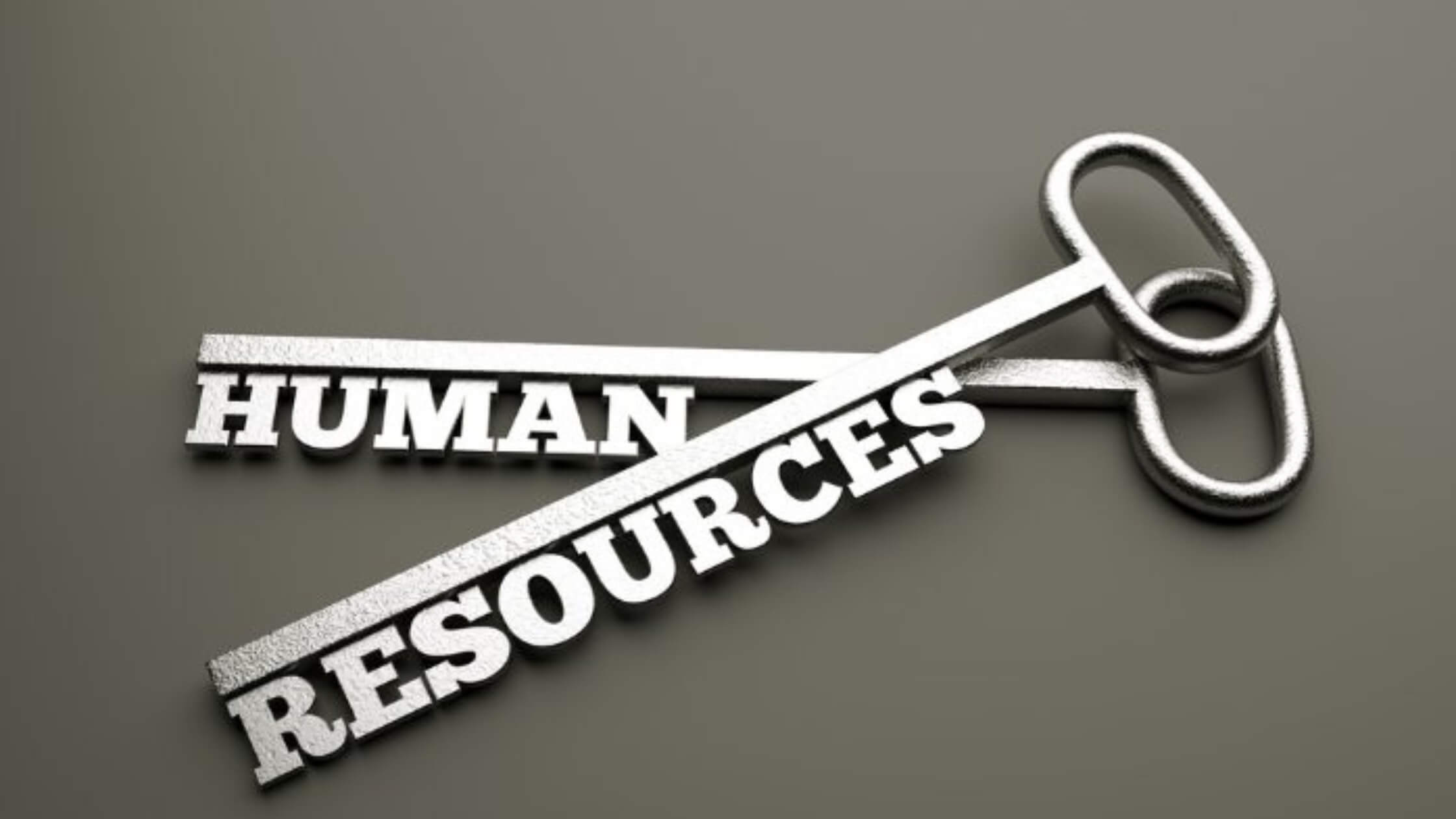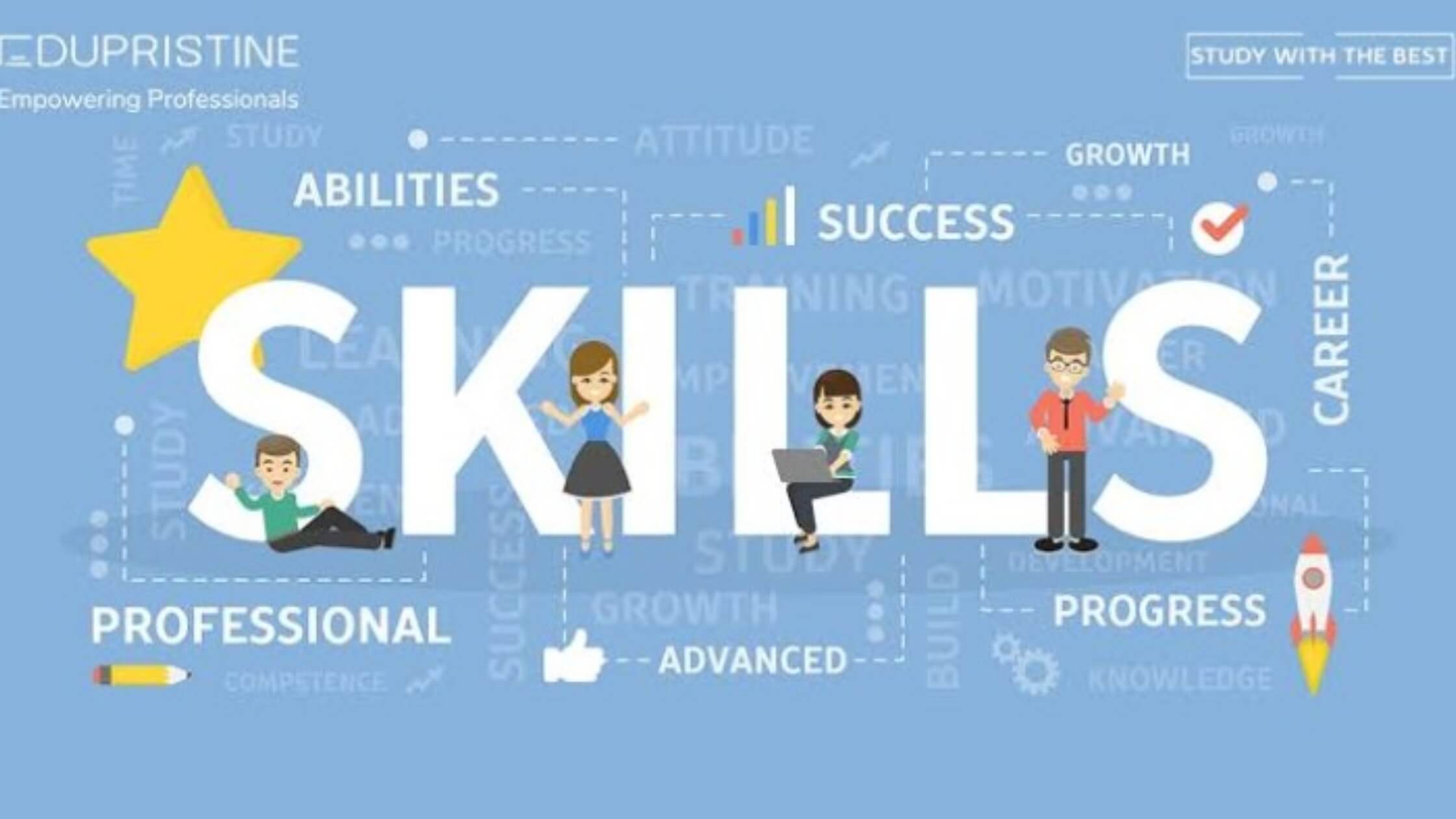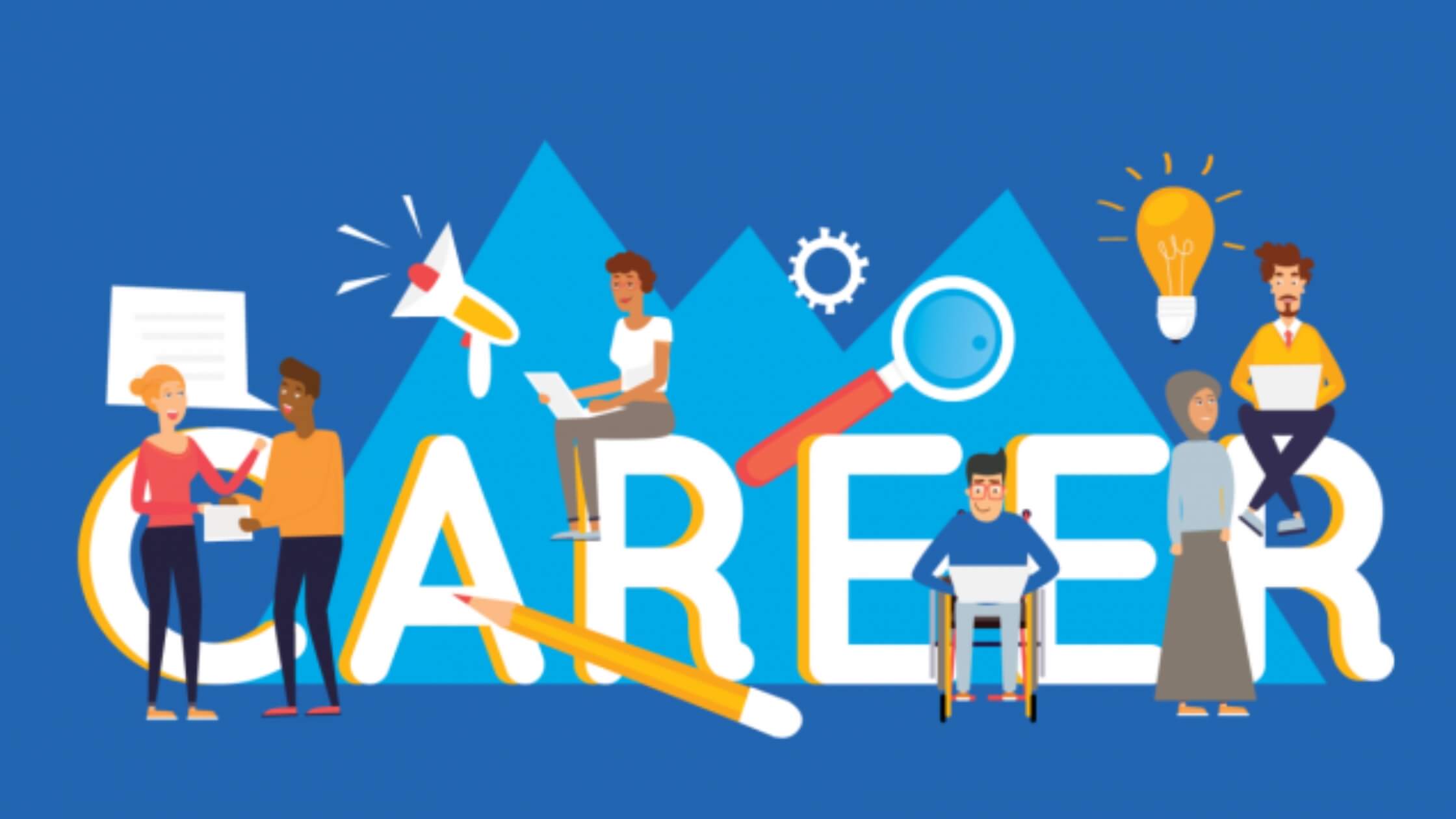Your brand is EVERYTHING! How it is portrayed in the market can have a negative or positive effect on your business.Your marketing strategy can be amazing, your customer engagement can be brilliant, and you may be even be the preferred supplier to your market.
The reason why all these operational functions are successful is because of the formation of a strong organisational structure, with exceptional talent as employees that believe in the brand and the direction it’s going in.
The talent that drives the success of your business is the same talent that was identified by a recruiter whether it be an in-house recruiter (those that work for the organisation) or an agency recruiter (someone that recruits on behalf of many businesses).
Personally I prefer the word consultancy when referring to agency recruiters because I believe that this service should be more of an a extended arm of the organisation that works in-sync with their clients to identify trends, and provide talent that meets their business objective, rather than a door to door salesman approach/service.
Now when you are recruiting for a new employee from an in-house recruiter’s perspective. Your approach to identifying and managing your talent acquisition process says a lot about your brand because effectively as an employee you are face of the brand from a talent acquisition perspective.
From the initial engagement, through to an offer being made, and the on-boarding procedure, every milestone in that process counts.
For example as a recruiter if you have reached out to a candidate and scheduled a initial telephone interview or Skype meeting and due to unforeseen circumstances your unable to make it and you do not let the candidate know, that immediately creates an uncertainty about the brand to the candidate and the initial questions of doubt consist of “are they organised? do they disregard the needs of their employee etc.?”
Now whether these thoughts remain permanent or not is determined by what is done to rectify the initial impression that has been created which could be something as simple as a follow up call or email to apologise to the candidate, explain what happened and provide information on the next steps of the process.
You’d be so surprised what a little transparency and honesty can do to a relationship whether it’s professional or personal. By doing this you have regained strength and trust in the brand as well as the candidates’ faith that the organisation is one that practices due diligence.
Another example is the actual consumer engagement, if a consumer visits your place of business and is left feeling unsatisfied with the service provided, the customer experience will reflect on the HR’s learning and development strategies. The level of training will be questioned, and the attendant’s exposure to customer satisfaction would be highly debatable .
While this could be the behaviour of just one employee, as long as they are an employee of the brand, the consumer doesn’t differentiate between the employee and the brand, as far as they are concerned they have had a bad experience with the brand and not that individual.
As we all know the fastest method of marketing is word of mouth and as the saying goes
” if we receive great service we will tell a friend, if we receive bad service we will tell everybody”
And this is why it is important that every department within an organisation works in unison to achieve the overall objectives of the business which should not be just about financial growth, but the increase in consumer retention, and a decrease in staff turnover.
The Human Resources department sits at the head of this unison and is responsible for the development and overall perception of the operations of the business both internally and externally.
It is how you operate and engage your employees internally that attracts the right talent and it is how you engage, train and manage the performance of your employees that determine the level of your consumers, market share and your strategic place in a highly competitive market.
So as a Human Resources professional, see your role beyond your accountabilities. Put yourself in the shoes of your consumers, the talent you’ve identified, and also your employees.
See the areas that can be improved, and revise policies to ensure your employees are engaged enough to increase productivity, explore various methods of acquiring talent and managing them effectively and most importantly implement right learning and development plans to keep employees relevant in your industry.



